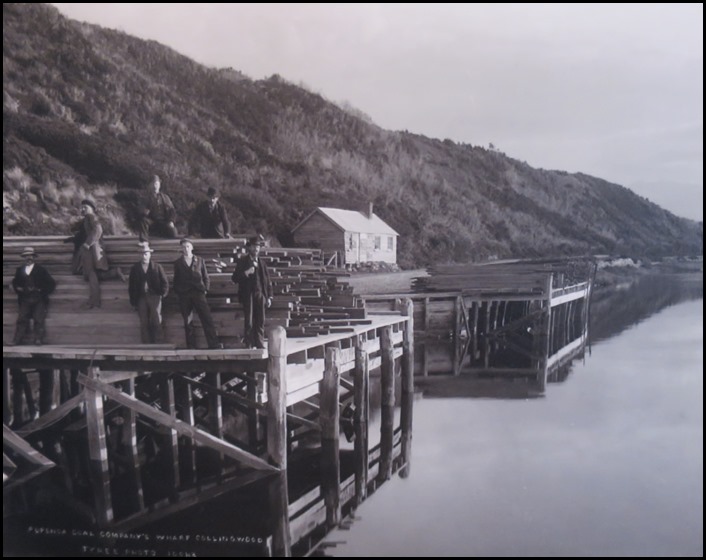 The International School of Riga, located in the city of Riga in the country of Latvia, participated in World Rivers.
The International School of Riga, located in the city of Riga in the country of Latvia, participated in World Rivers.

Seventeen students from Grade 2 dipping white fabric in the River Daugava.

The Daugava originate from the Valdai Hills in West Russia (where it is known as the Western Dvina.) The river travels Belarus before arriving in Latvia and emptying into the Gulf of Riga.
 The Dagava runs through the middle of the city of RIga with the Old Town on the East bank.
The Dagava runs through the middle of the city of RIga with the Old Town on the East bank.
Riga, the capital of Latvia, is situated on the Baltic Sea coast. Riga is the largest city in the Baltic states. Above is Riga’s skyline circa 1920s. Below is a close up of one of many of the canals, early 20th century, that service the population.

Riga was founded in 1201 a and The Daugava has been a major provider of drinking water and transportation, and more recently three hydroelectric dams – with another controversial one planned.

Below are vintage postcards of the city of Riga.
A 1650 drawing od Riga by Johann Christoph Brotze and a woodcut from 1575 are antique artworks. Vintage photos show a view transportation on the river in the 20th century and a frozen river with people crossing. Lastly, an ancient map.




























 1955 friends on the Mae Kok RIver
1955 friends on the Mae Kok RIver





 The rivers courses through dense bush and a narrow gorge to eventually to the 66 ft tall Wainui Falls. The Wainui Inland Track follows and the river for several miles and climbs a rapid height to view the falls.
The rivers courses through dense bush and a narrow gorge to eventually to the 66 ft tall Wainui Falls. The Wainui Inland Track follows and the river for several miles and climbs a rapid height to view the falls. 










 The ritual of bathing in a holy river is admired for the enduring devotion and tradition.
The ritual of bathing in a holy river is admired for the enduring devotion and tradition. 

 T
T